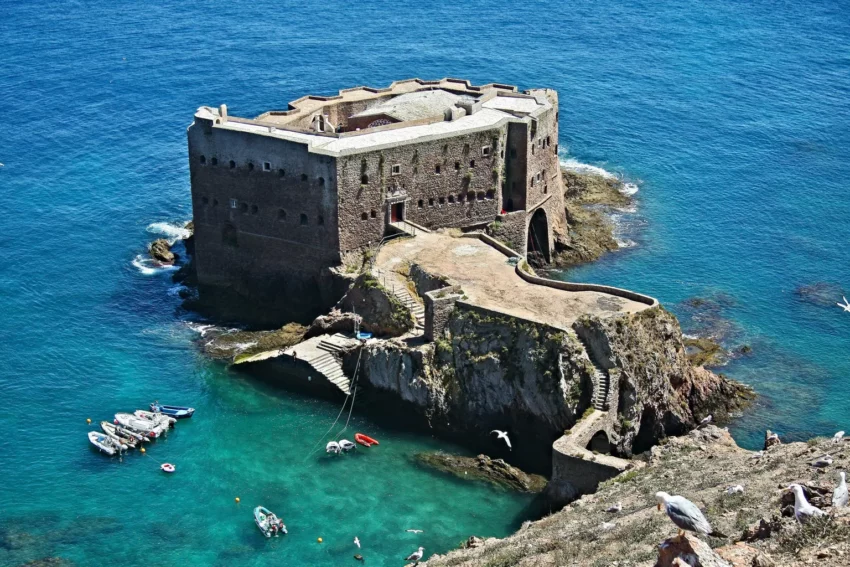The Fort of São João Baptista das Berlengas: A Hidden Gem
The Fort of São João Baptista das Berlengas, often simply called the Fort of the Berlengas or Fort Saint John the Baptist, sits off Portugal’s western coast. It’s on the largest island of the Berlengas archipelago, in Peniche, Oeste region. This fort once stood as a crucial defense for the municipality along the coast.
Get your dose of History via Email
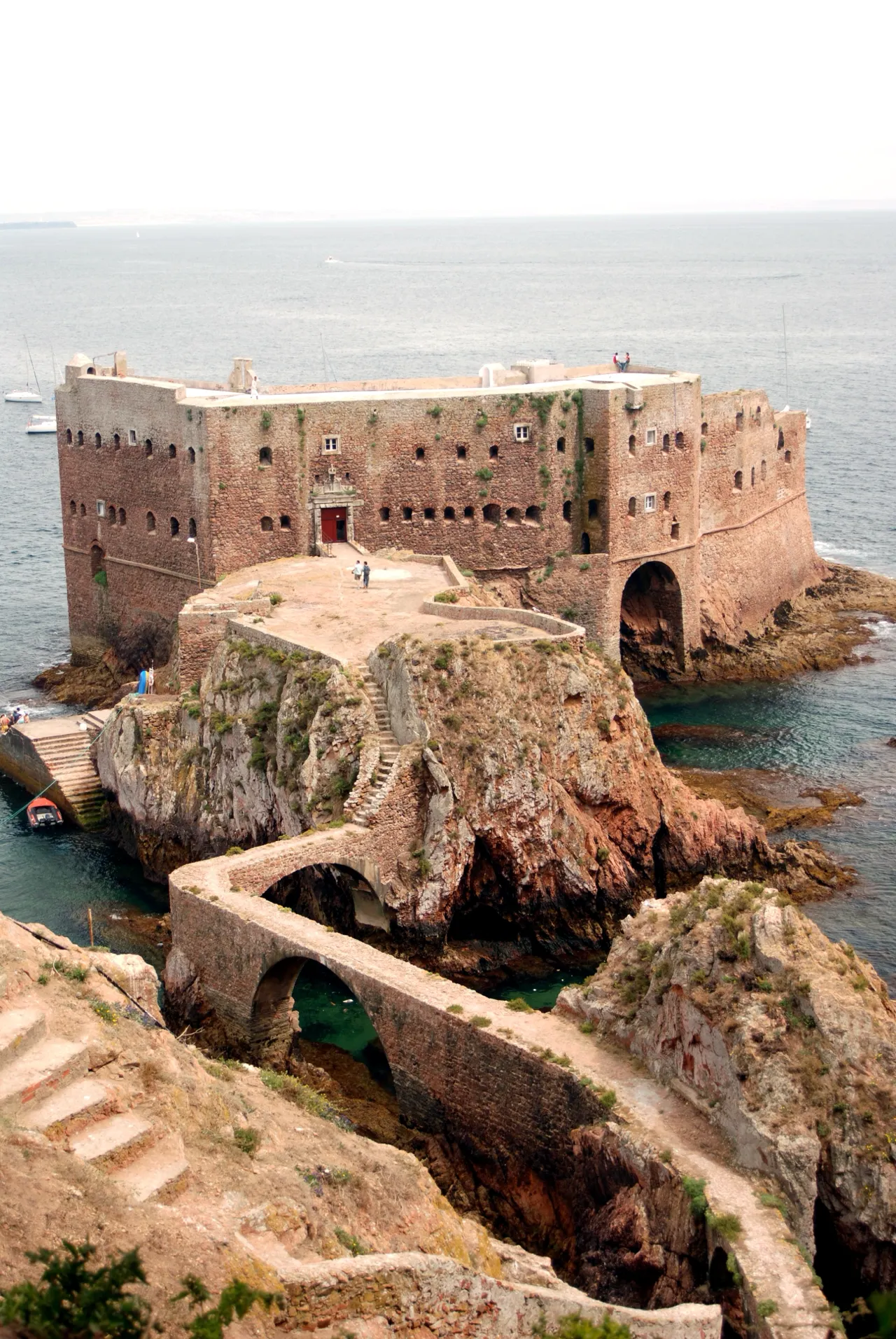
Early Beginnings
In 1502, King Manuel of Portugal ordered the construction of a fortress on Berlenga Grande. This decision was soon amended by King Sebastian of Portugal. The fort rose from the ruins of the Monastery of the Misericórdia da Berlenga. This monastery had been abandoned after frequent pirate attacks and severe weather isolated it from the mainland.
Hieronymite monks originally inhabited the monastery in the early 16th century. They chose the Berlengas for their solitude, ideal for prayer and penance. However, the monks’ peaceful life ended due to attacks from Algerian, Moroccan, English, and French pirates. These threats, coupled with harsh weather, forced them to leave.
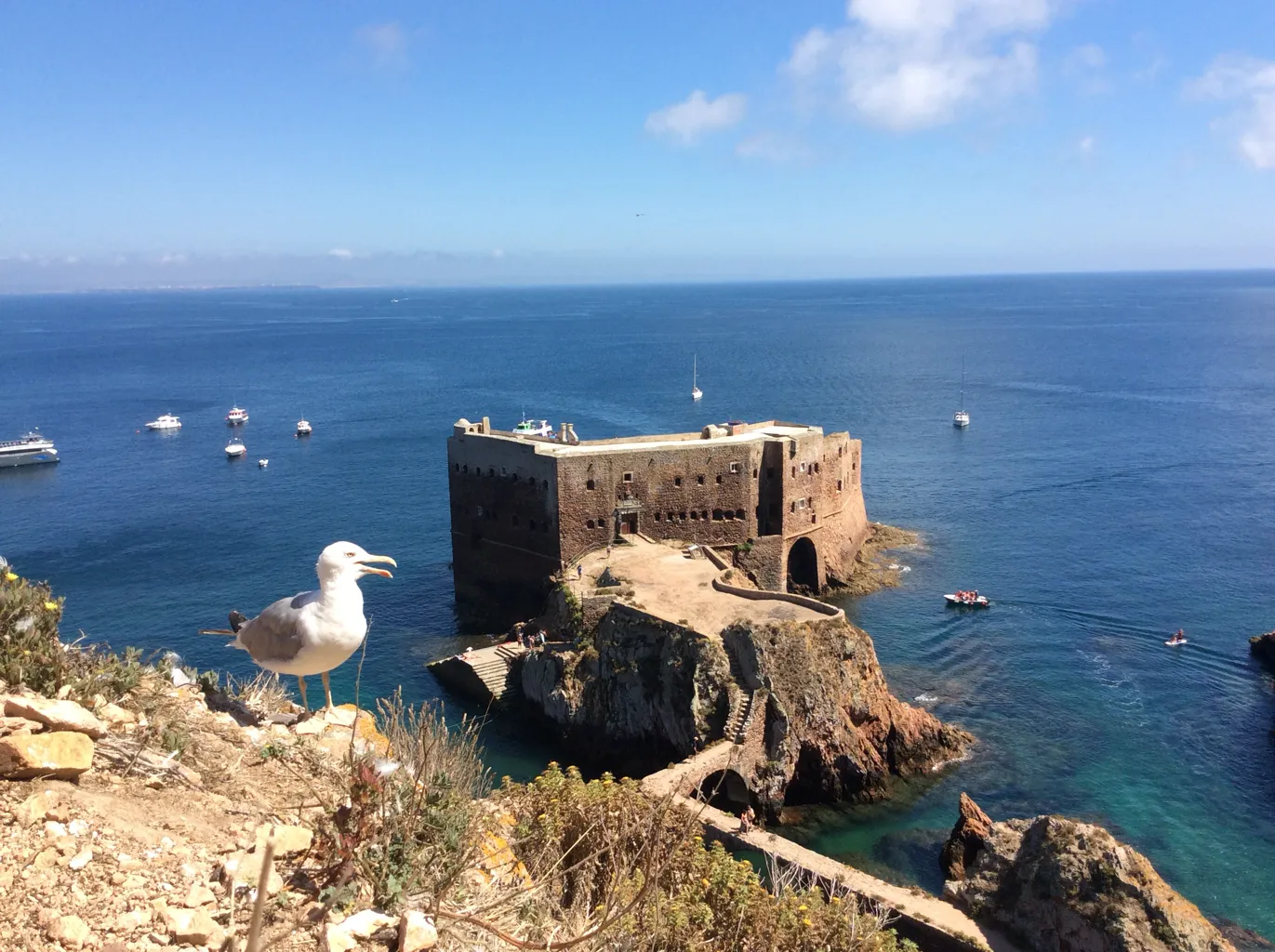
The Fort Takes Shape
Construction of the fort resumed in the mid-17th century. King John IV of Portugal initiated this project after a visit by João Rodrigues de Sá. With the help of a military engineer, they laid out plans for the fort in 1651. During the Portuguese Restoration War, the War Counsel called for better coastal defenses, leading to the demolition of the old monastery to make way for the fort.
By 1666, under the direction of engineer Mateus do Couto, the fort was nearly complete. That same year, it played a pivotal role in repelling a Spanish fleet aiming to kidnap Queen Maria Francisca of Savoy. Following this, the fort’s defenses were enhanced. Despite a Spanish corsair attack in 1666, the fort was finished in 1678 under General Marquês da Fronteira’s command.
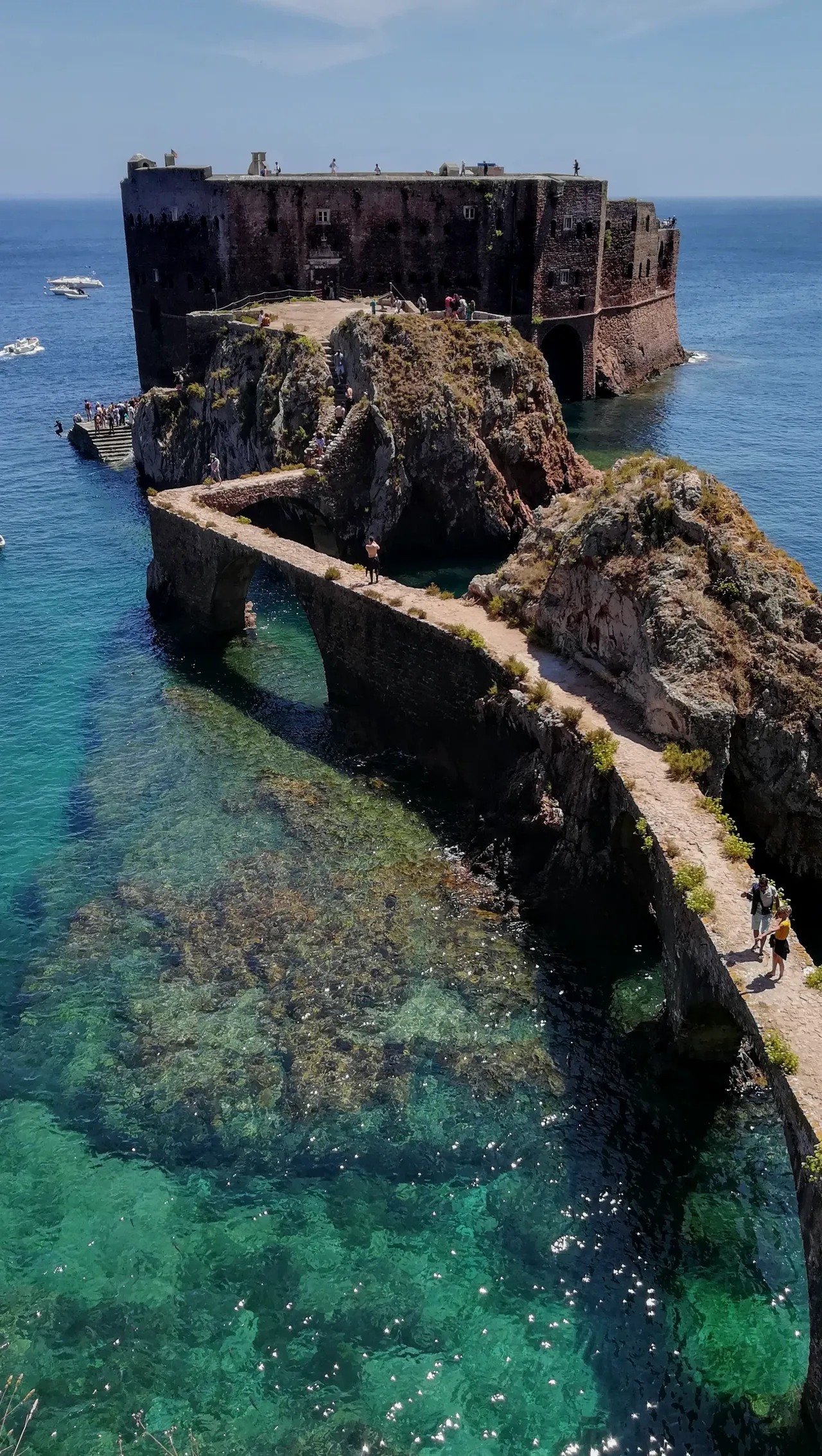
Through Wars and Decline
During the French invasion of the Iberian Peninsula, British troops used the fort as a base. However, the French later plundered it. In 1821, King João VI of Portugal ordered the fort’s remodeling, which included rebuilding the chapel destroyed by the French. The fort also saw action in the Liberal Wars, serving as a base for troops loyal to Pedro IV of Portugal.
Fourteen years later, the fort’s armaments were removed, leading to its gradual decline. In 1953, efforts to convert the fort into an inn began, which included repairs and remodeling.
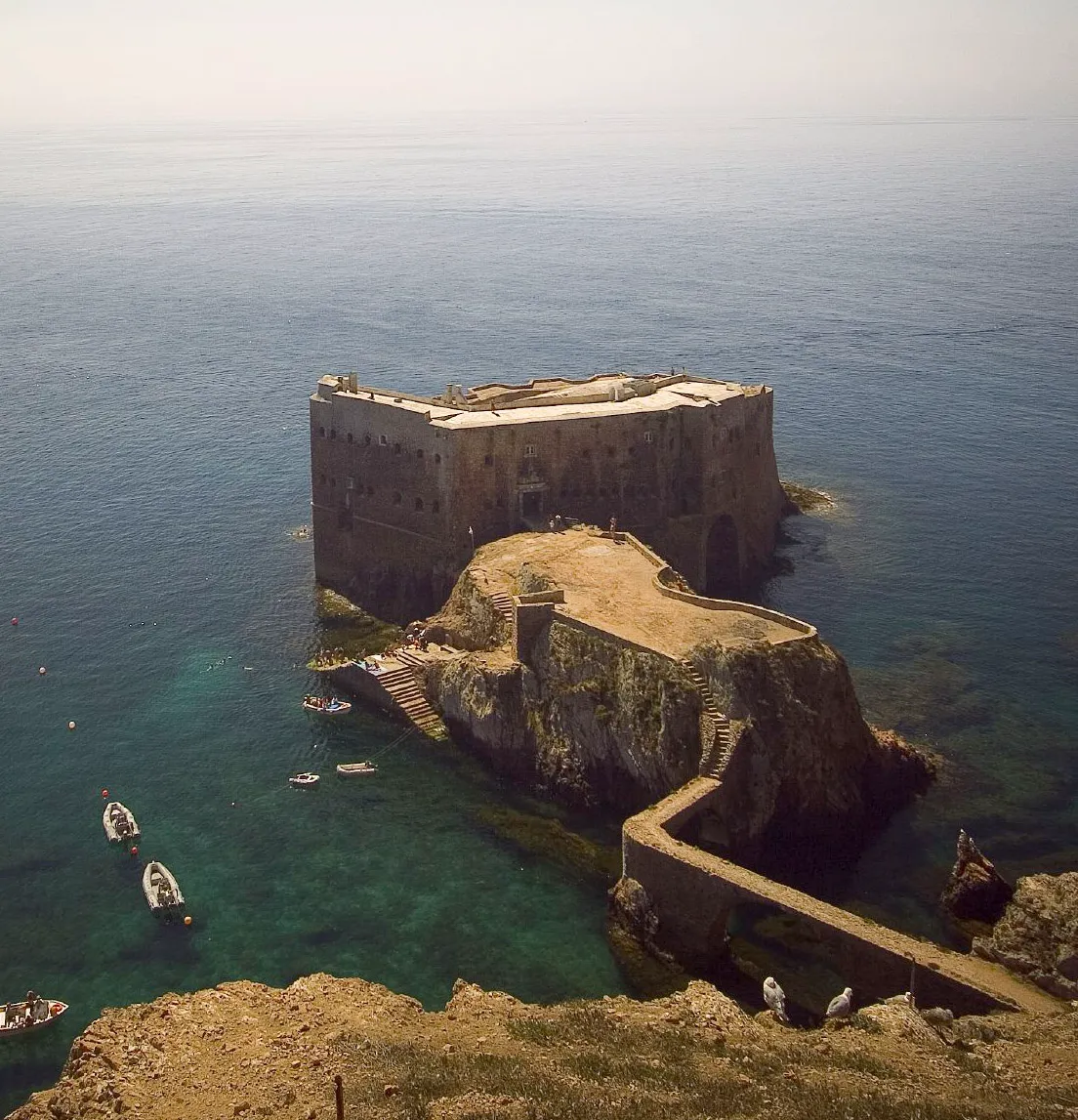
Restoration and Public Access
The Directorate-General of Buildings and National Monuments (DGEMN) took charge of the fort’s restoration in 1981. Projects between 1986 and 1987 aimed to consolidate and secure the fort for visitors. Today, the fort is open to the public during the summer, with guided tours available through Casa Abrigo.
Unique Architecture
The fort sits off the southeastern coast of Berlenga Grande, connected to the island by an arched bridge. The structure itself is an irregular octagon, longer from north to south. It has a rectangular base covered in paved terraces with a slight incline. The two-storey walls serve both as defenses and narrow enclosed corridors circling its perimeter. These walls feature several arched windows on the northern and western facades, while the southern and eastern sides have irregular cannon embrasures.
The exterior structures served as casemates, while the central body functioned as the armory. This unique design showcases the blend of military necessity and architectural ingenuity.
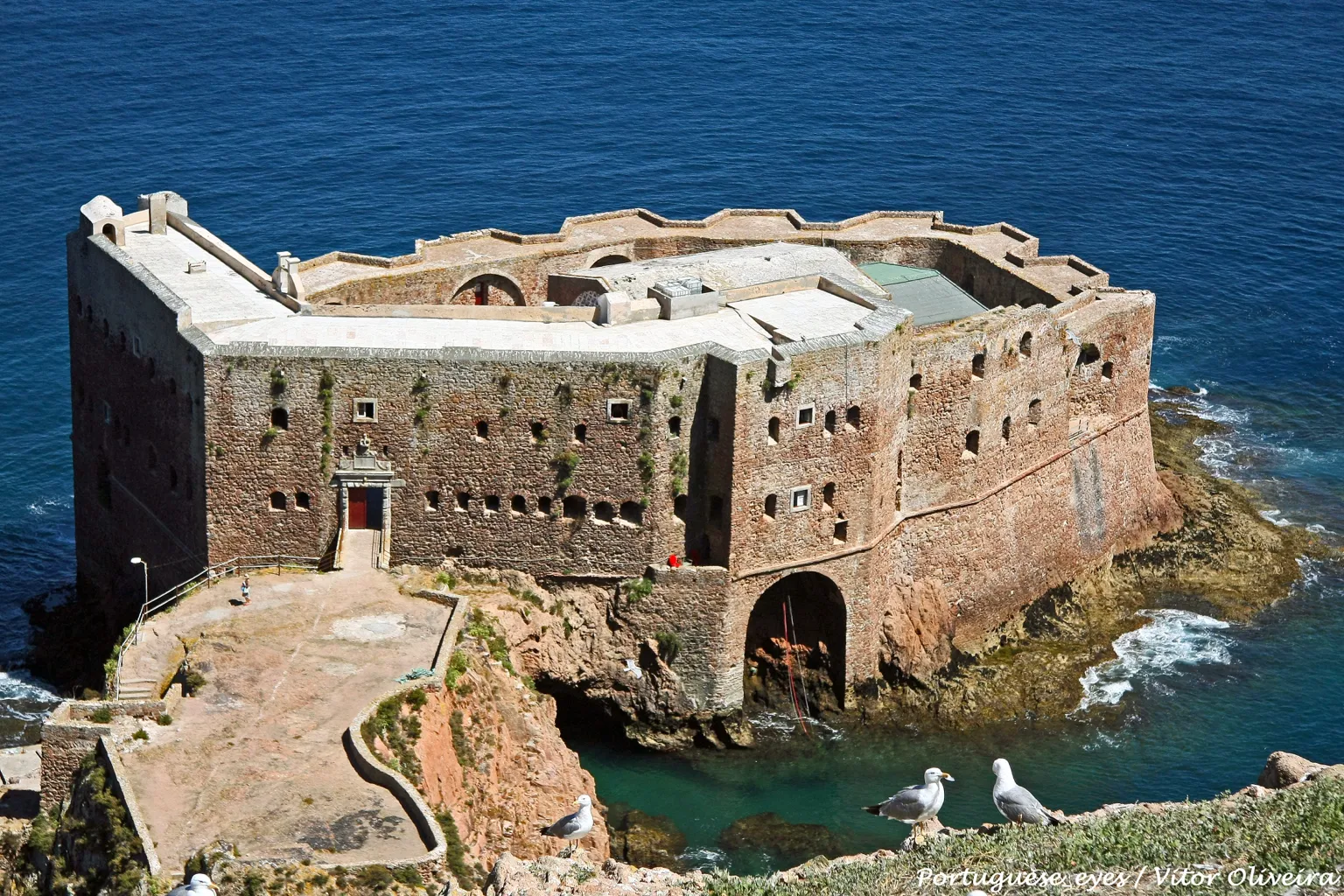
Visiting the Fort
Today, the Fort of São João Baptista das Berlengas stands as a testament to Portugal’s rich history. Its unique architecture and storied past make it a must-visit destination for history enthusiasts and casual visitors alike. Whether exploring its narrow corridors or gazing out from its terraces, the fort offers a glimpse into a bygone era of maritime defense.
Sources:

